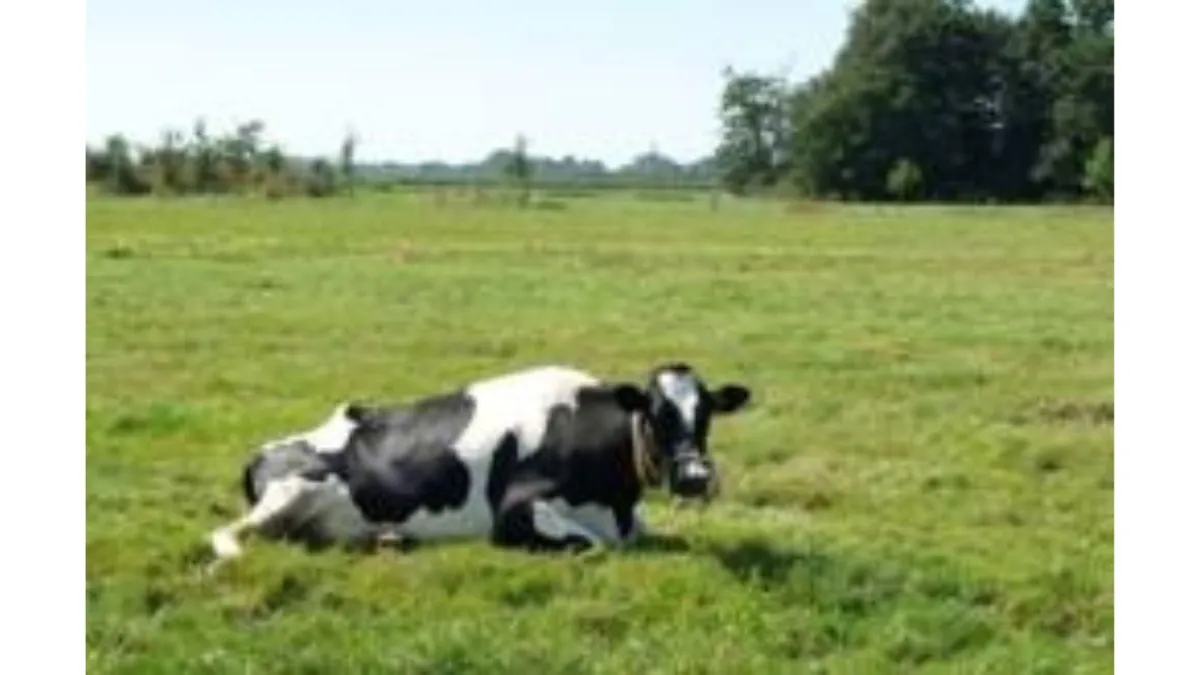
Metabolic Diseases - Downer Cows
When a cow goes down and can’t get back up, she becomes what’s known as a downer cow. This situation is more than just inconvenient; it can be life-threatening, and recovery is often difficult without prompt and appropriate intervention.
Causes of Downer Cows
In most cases on lifestyle farms, the underlying cause is milk fever (hypocalcaemia), particularly around calving. If treatment is delayed or incomplete, secondary complications like hypomagnesaemia (grass staggers) or acetonaemia (ketosis) can also develop, especially in high-producing or stressed animals.
All three metabolic disorders may occur at the same time, making diagnosis and treatment more complex. In some cases, trauma during calving such as nerve damage in the pelvis can cause partial paralysis, especially in older or heavily conditioned cows.
Another risk factor is prolonged recumbency. If a cow has been lying down too long, her own body weight can cause muscle damage (ischaemia), particularly in the hindquarters. This is made worse if the cow is thin, pregnant, or unable to shift position easily.
What to Do
If a cow goes down and cannot get up again, act fast. The longer she remains down, the worse her chances of recovery. Call your veterinarian promptly, as early intervention makes a huge difference.
While waiting for the vet:
Keep the cow upright, ideally in a sternal (sitting) position, not on her side.
Provide soft bedding or paddock footing to reduce pressure injuries.
Offer water and easily digested feed, but avoid force-feeding.
Using Hip Clamps and Slings
Hip clamps and slings can be useful tools for helping a downer cow to her feet, but they must be used with great care and in accordance with the law.
Hip clamps should only be used when a cow is capable of bearing weight immediately. They must always be padded to prevent bruising or damage to the pelvis, and a chest strap should be used for added support. Never leave the clamps on for more than 5 to 10 minutes, and always supervise the cow continuously while she is lifted. Most importantly, hip clamps must not be used to move or drag a cow. This is not only poor practice but also a legal offence under the Animal Welfare (Care and Procedures) Regulations 2018 and the 2025 Dairy Cattle Code of Welfare.
Slings are a safer option when longer-term support is needed, especially for cows that are alert and eating but cannot rise on their own. Slings must allow the cow to breathe freely and must not compress the abdomen. Cows in slings should be allowed to rest in a sitting (sternal) position at regular intervals to avoid injury or further complications. Prolonged suspension can cause more harm than good.
Misuse of either hip clamps or slings can result in serious welfare issues and legal consequences. There have been successful prosecutions where animals were left suspended for too long or were injured due to poor handling. If you are unsure, or if the cow shows no signs of trying to rise, call your vet immediately. These are not procedures to attempt without expert guidance.
Prevention Tips
Preventing downer cows starts with managing the underlying risks:
Monitor cows closely in late pregnancy and around calving.
Feed a mineral-balanced diet, avoiding excess calcium or phosphorus late in gestation.
Ensure animals have shelter, consistent feed access, and minimal handling stress.
Recognise early signs of metabolic disease and treat promptly.
For more detailed guidance, see our articles on milk fever, grass staggers, and acetonaemia, or explore our livestock courses, including What You Need to Know to Keep Cattle and Cattle Breeding.

